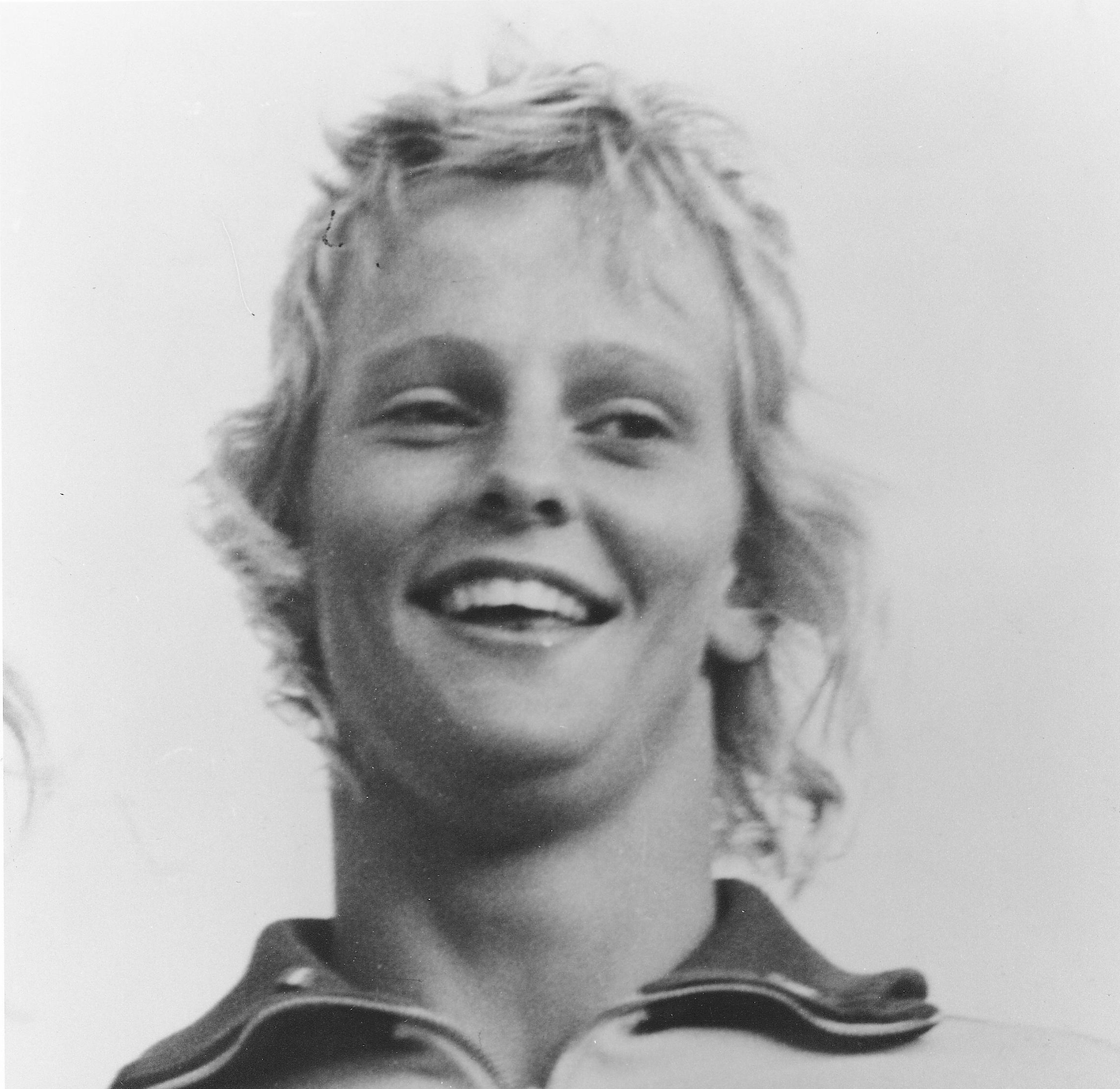Articles Written By: rob@ishof.org

By: Rob Marvin
Happy Birthday Sharon Wichman!!
Sharon Wichman (USA) Honor Swimmer (1991) The information on this page was written the year of their induction. FOR THE … Continued

By: Rob Marvin
Happy Birthday Anne Ottenbrite!!
Anne Ottenbrite (CAN) Honor Swimmer (1999) The information on this page was written the year of their induction. FOR THE … Continued

By: Rob Marvin
Happy Birthday Gunnar Larsson!!
Gunnar Larsson (SWE) Honor Swimmer (1979) The information on this page was written the year of their induction. FOR THE … Continued

By: Rob Marvin
Happy Birthday Grant Hacket!!
Grant Hacket (AUS) Honor Swimmer (2014) The information on this page was written the year of their induction. FOR THE … Continued

By: Rob Marvin
Happy Birthday Andrea Pollack!!
Andrea Pollack (GDR) Honor Swimmer (1987) The information on this page was written the year of their induction. FOR THE … Continued

By: Rob Marvin
How the Furniss Brothers – Steve and Bruce – Were Robbed Of An Epic Olympic Showdown
by JOHN LOHN – EDITOR-IN-CHIEF 07 May 2024, 02:40am How the Furniss Brothers – Steve and Bruce – Were Robbed Of … Continued

By: Rob Marvin
Happy Birthday Brooke Bennett!!
Brooke Bennett (USA) Honor Swimmer (2010) The information on this page was written the year of their induction. FOR THE … Continued

By: Rob Marvin
Happy Birthday Randy Reese!!
Randy Reese (USA) Honor Coach (2005) The information on this page was written the year of their induction. FOR THE … Continued

By: Rob Marvin
Happy Birthday Ulrika Knape!!
Ulrika Knape (SWE) Honor Diver (1982) The information on this page was written the year of their induction. FOR THE … Continued

By: Rob Marvin
Happy Birthday Donna DeVarona!!
Donna DeVarona (USA) Honor Swimmer (1969) The information on this page was written the year of their induction. FOR THE … Continued










